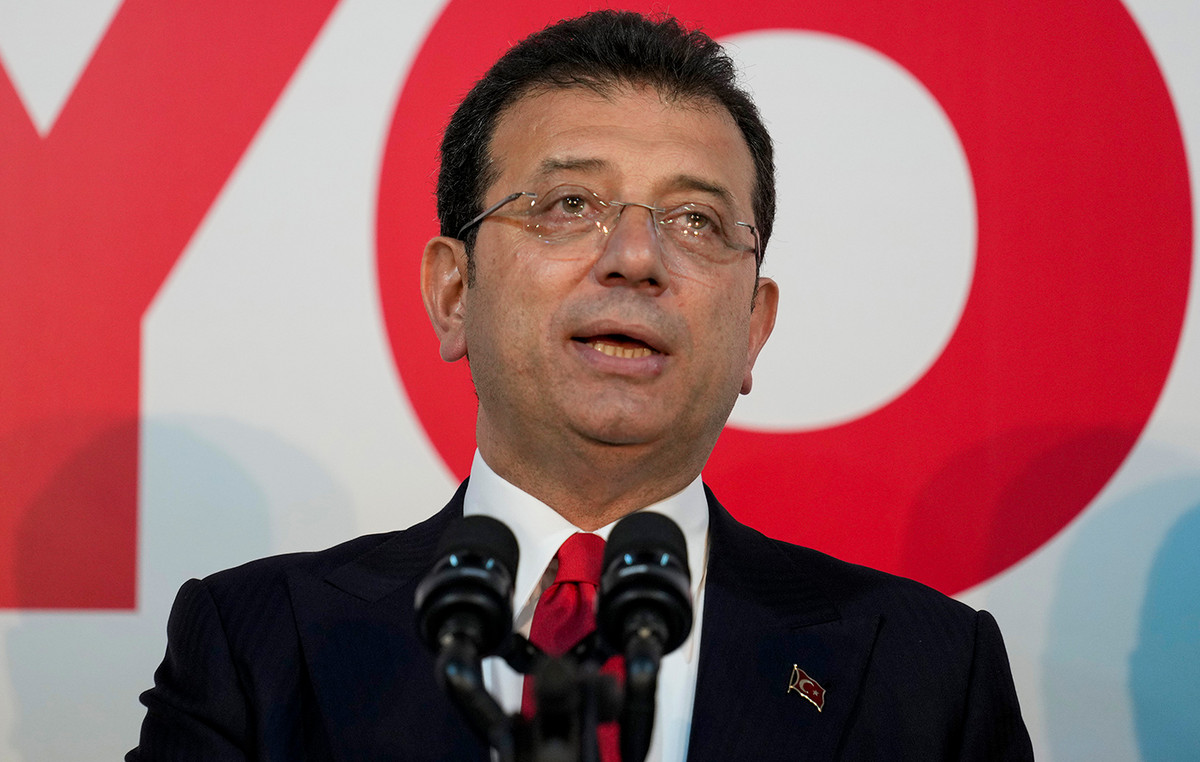Kraft Heinz wants to double the pace of growth in Latin America to make the region its second largest global market in the next five years, said the food company’s chief executive for the region, Bruno Keller.
“We are investing in increasing the capacity of our factories in the region, which we see as the biggest engine of growth for the company in the coming years,” Keller told Reuters, without mentioning investment figures or the company’s sales volume in Latin America.
Currently, the region is Kraft’s fourth largest market outside the US, behind the UK and Canada. Brazil has four of the company’s six Latin American factories, with around 4,300 employees.
As part of this plan, the group controlled by the 3G fund — by Brazilian entrepreneurs Jorge Paulo Lemann, Marcel Telles and Carlos Alberto Sicupira — and by Warren Buffett’s Berkshire Hathaway, is strengthening itself to serve audiences with different income brackets, in a region that concentrates about 650 million potential consumers, said Keller.
One of the largest food companies in the world, with hundreds of brands, Kraft Heinz is best known in Brazil for its premium ketchup and mustard brands.
But the company has expanded its presence in more popular brands, such as Quero, canned food and tomato sauce. Last September, it announced the purchase of Hemmer sauce maker for around R$ 1.2 billion.
This more diversified portfolio has helped the company navigate a period of higher inflation, with consumers looking for more alternatives to optimize their budget.
According to Keller, one of Kraft Heinz’s actions to deal with this scenario was to launch packages of different sizes, such as one kilo of ketchup, which serves customers who want to buy more volume to save money. The company, on the other hand, has significantly reduced its promotions.
Even so, “we have been gaining market share”, he said, referring to Latin America, but without providing figures.
Keller also said that the company has expanded actions to reduce production costs, such as packaging, in addition to saving water and energy, to try to minimize the transfer of higher costs with inputs and maritime freight.
In the first quarter, Kraft Heinz’s global revenue fell 5.5% compared to a year earlier, but was above market expectations.
The company raised its annual organic revenue growth forecast in April, benefiting in part from higher prices and greater demand for packaged meals and condiments, which have gained traction during the pandemic.
Kraft’s stock has tumbled in recent weeks after UBS lowered its recommendation for stocks from “neutral” to “sell”, citing the company’s greater difficulty in passing on increased cost pressures throughout 2022.
Source: CNN Brasil
I am Sophia william, author of World Stock Market. I have a degree in journalism from the University of Missouri and I have worked as a reporter for several news websites. I have a passion for writing and informing people about the latest news and events happening in the world. I strive to be accurate and unbiased in my reporting, and I hope to provide readers with valuable information that they can use to make informed decisions.







